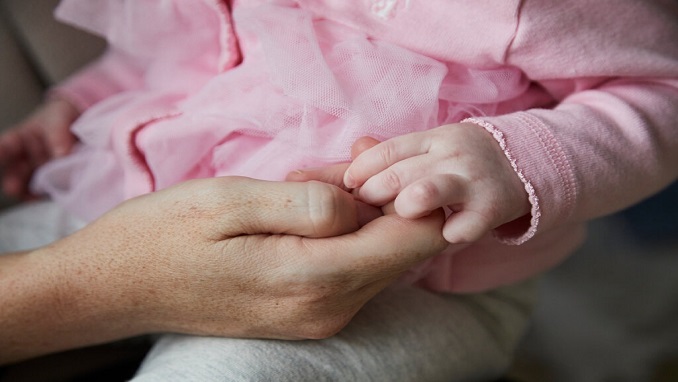
The birthrate declined for the sixth straight year in 2020, the federal government reported on Wednesday, early evidence that the coronavirus pandemic accelerated a trend among American women of delaying pregnancy, according to The New York Times.
Early in the pandemic, there was speculation that the major changes in the life of American families could lead to a recovery in the birthrate, as couples hunkered down together. In fact, they appeared to have had the opposite effect: Births were down most sharply at the end of the year, when babies conceived at the start of the pandemic would have been born.
Births declined by about 8 percent in December compared with the same month the year before, a monthly breakdown of government data showed. December had the largest decline of any month. Over the entire year, births declined by 4 percent, the data showed.
There were 3,605,201 births in the United States last year, the lowest number since 1979. The birthrate — measured as the number of babies per thousand women ages 15 to 44 — has fallen by about 19 percent since its recent peak in 2007.
The declining birthrate is just one piece of America’s shifting demographic picture. Combined with a substantial leveling-off of immigration, and rising deaths, the country’s population over the past decade expanded at the second-slowest rate since the government started counting in the 18th century. The pandemic, which pushed the death rate higher and the birthrate even lower, appears to have deepened that trend.
Kenneth Johnson, a demographer at the University of New Hampshire, has calculated that together with the rise in deaths — up by about 18 percent from 2019 — the drop in births is contributing to the aging of the American population: A total of 25 states had more deaths than births last year, Dr. Johnson said, up from five at the end of 2019.
“The birthrate is the lowest it’s ever been,” he said. “At some point the question is going to be: The women who delayed having babies, are they ever going to have them? If they don’t, that’s a permanent notch in the American births structure.”
Births declined across all age groups in 2020, except among women in their late 40s and girls in their early teens, groups that were tiny fractions of total births. The birthrate was down by 8 percent among teenagers, compared with 2019, and by 6 percent among women ages 20 to 24. The rate among women in their early 20s is down by 40 percent since 2007, the government said. Teenagers have had the sharpest decline, down by 63 percent since 2007, the data showed.
That is a dramatic change from several decades ago, when rates of unintended pregnancy were high, particularly among teenagers, and American women tended to have babies earlier and more frequently than women in much of Europe. Today the average age at first birth is 27, up substantially from 23 in 2010.
It is only recently that parenthood has been considered a choice at all. Caroline Sten Hartnett, a sociologist at the University of South Carolina, pointed out that before the advent of birth control pills on a national scale, in the late 1960s, women had much less control over their fertility. In 1950, they had, on average, three children.
At today’s rates, women have around 1.6, a level that demographers call “below replacement” because it signals that today’s generation of parents may be producing a generation of children smaller than itself.
That the rate has gone down is not necessarily bad, Dr. Hartnett said. One factor driving the decline is a drop in unintended pregnancies, and some people may simply be delaying childbearing to older ages. In other words, some share of American women may eventually have the number of children they want, but simply at later ages.
“It could be good news if women feel like they have more control over their fertility,” she said. “But it is not good news if having a child is just becoming harder than it was because jobs are more precarious, and families just can’t make it work in a minimally functional way.”

Be the first to comment